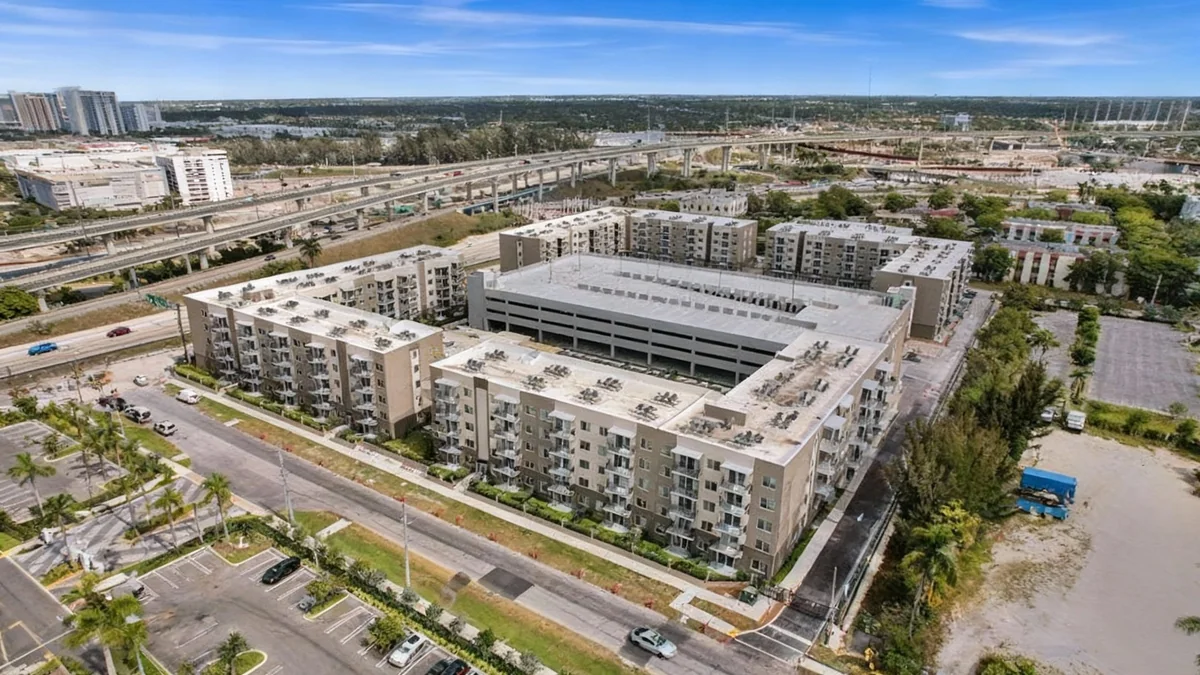A significant piece of federal legislation passed in July is sending mixed signals through the U.S. commercial real estate market. The new law, known as the "Big Beautiful Bill," introduces both substantial tax incentives for property development and spending cuts that could negatively impact the retail sector, creating an environment of uncertainty for investors.
According to industry experts, the legislation's dual effects are creating both strong tailwinds and significant headwinds. A key provision offers major tax benefits for property improvements, while reductions in federal benefit programs are expected to reduce consumer spending, posing a direct challenge to retailers and their landlords.
Key Takeaways
- A new federal law includes a "bonus depreciation" provision, allowing businesses to deduct the full cost of certain property improvements in the first year.
- This tax incentive could result in millions of dollars in savings, encouraging investment in office and commercial space buildouts.
- The same legislation includes cuts to federal spending, such as the Supplemental Nutrition Assistance Program (SNAP).
- Experts predict these cuts will reduce consumer spending, potentially harming the revenue of food retailers and the broader retail real estate market.
Understanding the New Law's Dual Impact
The commercial real estate sector is currently navigating a complex landscape shaped by the July legislation. The bill has been described as creating an "uneven path" for the market, making it difficult for investors to predict future performance. To clarify these effects, industry analysts are closely examining the bill's specific provisions.
David Bitner, Executive Managing Director of Global Research at Newmark, provided insights into the law's primary components. He explained that the market is simultaneously being pushed and pulled by competing forces within the same piece of legislation.
Background on the Legislation
The "Big Beautiful Bill," passed by Congress and signed by President Trump in July, was designed to stimulate certain areas of the economy through tax reform while reducing federal expenditures in others. Its impact is now being felt across various sectors, with commercial real estate being one of the most directly affected due to its sensitivity to both business investment and consumer spending.
A Major Incentive for Property Investment
The most significant positive element for the commercial real estate market is a powerful tax incentive known as bonus depreciation. This provision allows companies to accelerate the depreciation of costs associated with improving a property.
Normally, the costs for building out a commercial space, such as an office, are depreciated over many years. Under the new law, a large portion of these expenses can be deducted in the first year, providing an immediate and substantial tax benefit.
How Bonus Depreciation Works
When a tenant leases a large commercial space, the cost to customize it, known as the buildout, can be extremely high. These expenses often include interior walls, electrical systems, flooring, and fixtures. While landlords may provide a tenant improvement allowance, it often covers only a fraction of the total cost.
"The buildout can be very, very substantial, over $100 million for a large space," explained David Bitner. "Depending on how you structure your lease, all of that can be depreciated in the first year under the bill... anything except for some structural improvements."
This accelerated deduction translates directly into significant financial savings for the business undertaking the improvements. It effectively lowers the net cost of investing in a property, making development and upgrades more attractive.
Quantifying the Tax Savings
The financial impact of this provision is considerable. According to Bitner's analysis, the savings can be massive. "On a $100 million build, you could be looking at $7 million in tax savings," he stated. This represents a 7% immediate return on investment from tax benefits alone, a powerful motivator for companies to sign leases and invest in physical spaces.
Headwinds for the Retail Sector
While bonus depreciation provides a strong tailwind, the legislation also introduces serious headwinds, particularly for the retail property market. These challenges stem from reductions in federal spending, specifically cuts to social benefit programs like SNAP.
SNAP benefits represent a crucial source of revenue for a wide range of retailers, from local grocery stores to major national chains. A reduction in these payments directly impacts the purchasing power of millions of households.
The Link Between SNAP and Retail Health
Many major retailers derive a significant portion of their food and grocery sales from customers using SNAP benefits. Forecasts suggest that the cuts included in the new law will not be fully offset by other income sources for these households.
"You look at things like reductions in snap payments," Bitner noted. "There are a significant portion of retail and food sales... who derive a lot of revenue from those. If you have a reduction in benefits... then it's going to hit the bottom line of some food retailers."
This anticipated drop in consumer spending creates a direct financial risk for retailers. A decline in revenue can affect their ability to pay rent, potentially leading to store closures and increased vacancy rates in shopping centers and malls. This, in turn, negatively impacts the value of retail real estate assets.
An Uncertain Path Forward for Investors
The conflicting provisions of the "Big Beautiful Bill" have left commercial real estate investors in a state of flux. The path forward requires careful analysis of how these opposing forces will balance out in different sub-sectors of the market.
- Office and Industrial Sectors: These areas are poised to benefit most from the bonus depreciation incentive, as it encourages companies to invest in new and upgraded facilities.
- Retail Sector: This segment faces the greatest risk due to the anticipated decline in consumer spending from benefit reductions. Landlords with heavy exposure to grocery and discount retailers may see increased pressure.
Ultimately, the net effect of the legislation will vary depending on property type, geographic location, and tenant mix. Investors must now weigh the powerful tax incentives against the potential for reduced consumer demand when evaluating opportunities in the commercial real estate space.





